As Riga Central Station enters a new phase, poised to be transformed by the presence of Rail Baltica, the significance of this historic hub as a regional node within the European rail network comes to the fore.
The station’s history mirrors Latvia’s development, embodying progress and resilience. As we envision the future of Riga Central Station, let us take a glance into its historical significance that has shaped its identity.
From Humble Beginnings to Ambitious Visions
Since its inception in the 19th century, Riga Central Station has served as a vital transportation hub, connecting the Latvian capital with various destinations. “The origins of Riga Central Station can be traced back to 1858 when a private company was granted permission to construct a railway line between Riga and Daugavpils. The station building, designed by architect Johann Felsko, opened its doors in October 1861, along with the railway line connecting Riga to Daugavpils and the Saint Petersburg–Warsaw railway line. It initially featured two platforms, four tracks, and additional facilities such as a telegraph office, post office, and police station,” explains Toms Altbergs, Industrial Heritage Expert at “Latvijas dzelzceļš” in a recent Rail Baltica Academy lecture.
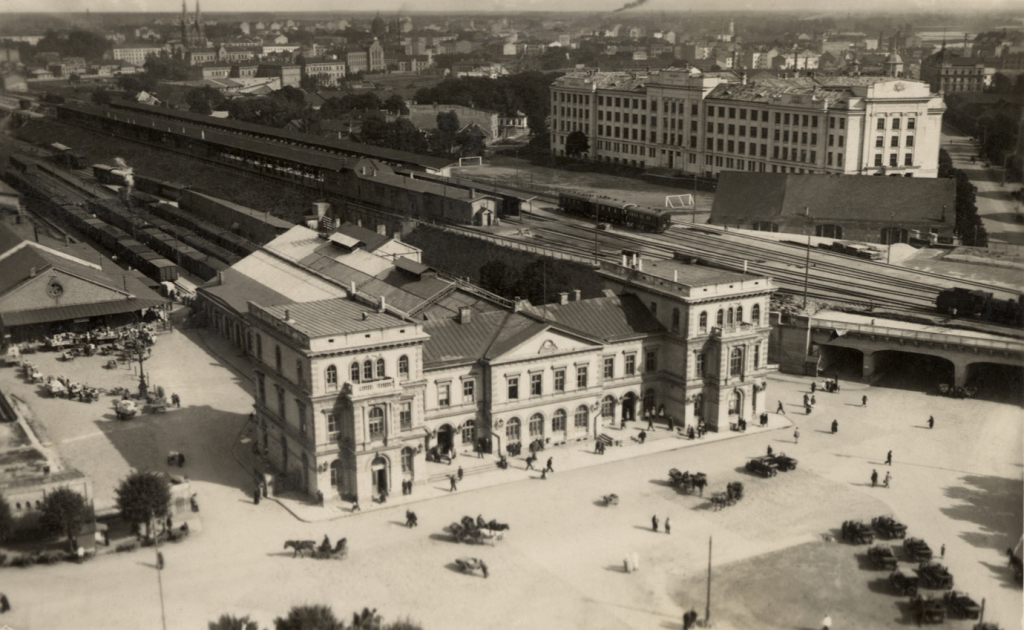
Over the years, Riga Central Station experienced several expansions and reconstructions. In 1902, an ambitious reconstruction plan was initiated to alleviate congestion and chaos. The plan aimed to create a new through station, known as Riga Central, modeled after the Dresden Neustadt station and evaluated other European railway stations for inspiration. However, due to financial constraints and the outbreak of World War I, the reconstruction works were never completed.
Further developments occurred in the following decades. Minor expansions took place in the 1930s, focusing on enhancing the 1435 mm gauge train service. In the late 1930s, plans were developed for a comprehensive reconstruction of Riga Central Station, but they were interrupted by the Soviet occupation and the onset of World War II.
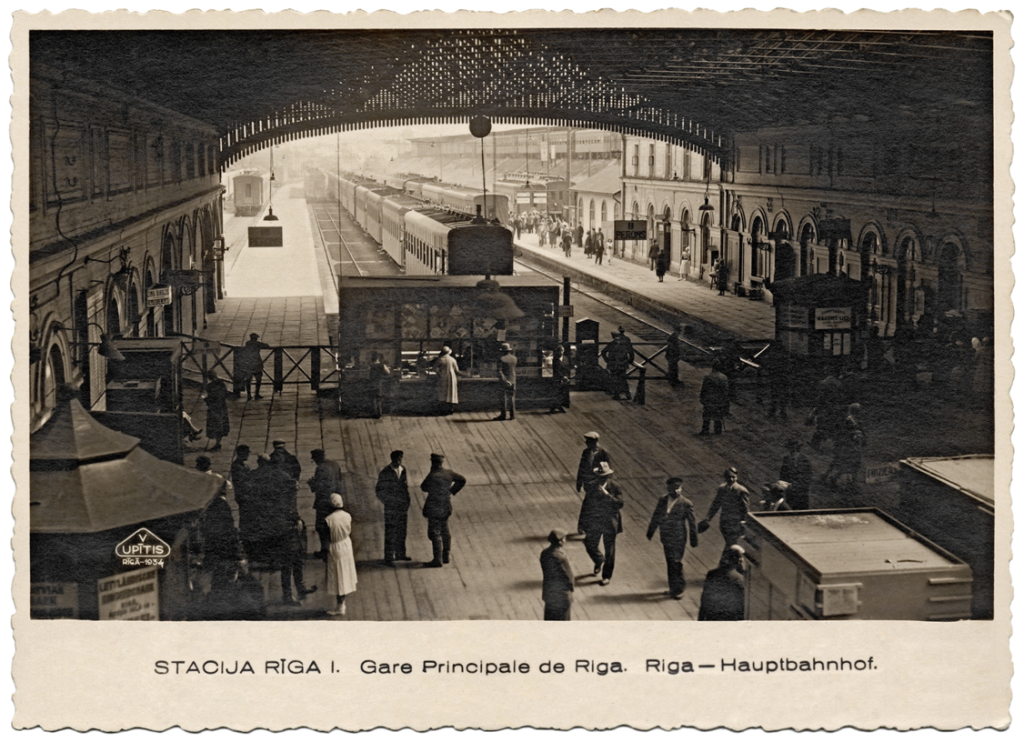
In the post-war era, Riga Central Station underwent additional reconstruction efforts. The first stage of the united Riga Passenger Station was opened in 1960, followed by the completion of the reconstruction in 1965. Subsequent renovations and integration with the Origo shopping center took place between 1998 and 2003, modernizing the station’s facilities.
Reinventing Riga Central Station for Connectivity and Sustainability
Riga Central Station undergoes a major transformation as part of Rail Baltica. The project involves a joint venture with BERERIX, consisting of BESIX Group, RERE Būve, and Rizzani de Eccher, for the design and construction of the station and a bridge over the Daugava River. The integration of existing facilities will create a modern transportation hub, revolutionizing regional connectivity and positioning Riga as a key European hub.
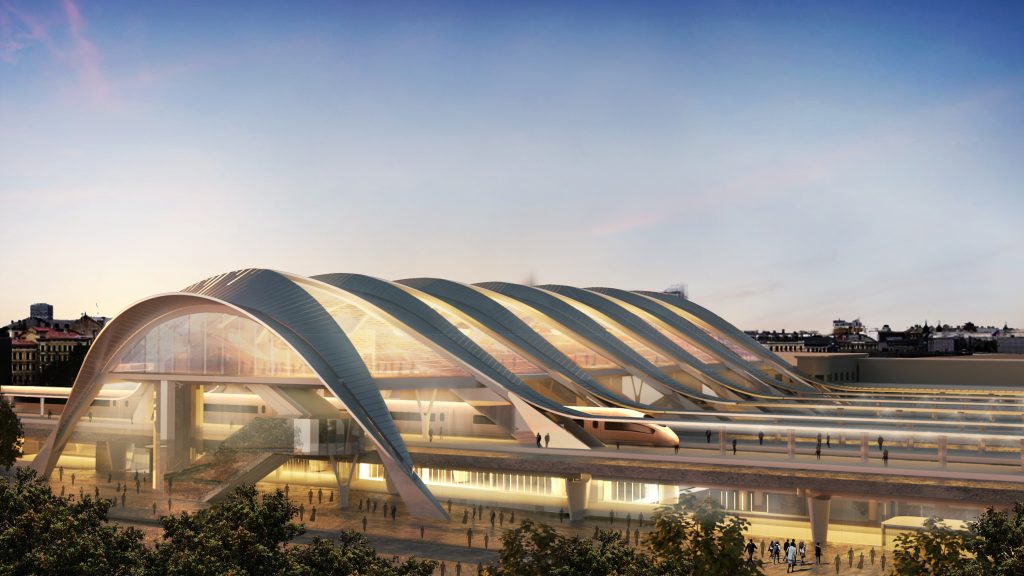 The station is designed for longevity, capable of handling heavy railway loads. It incorporates sustainable practices like efficient insulation and materials from reputable producers, reducing costs and environmental impact.
The station is designed for longevity, capable of handling heavy railway loads. It incorporates sustainable practices like efficient insulation and materials from reputable producers, reducing costs and environmental impact.
“To ensure environmental accessibility for all public groups, the station will be equipped with 21 escalators, 12 lifts, and 25 sets of stairs, facilitating easy access to platforms. With 8 platforms and 14 railway tracks, passengers will benefit from heightened platforms for convenient boarding. The waiting rooms will span an area of approximately 6000-6500 m2 and will provide various services, including ticket offices and information boards,” says Andis Linde, Stakeholder Manager at BERERIX.
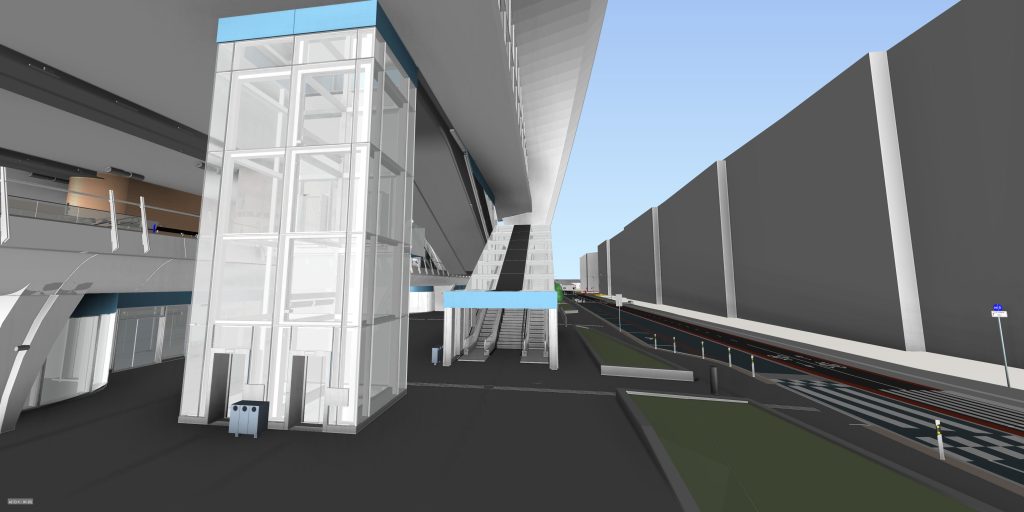
The station will have accessible entrances from all sides, with tactile networking throughout the project area and building. Thoughtful solutions will optimize the flow of people, providing an intuitive and organized experience. A dedicated “kiss & ride” street will ensure safe passenger pick-up and drop-off. The station will also connect seamlessly with pedestrian and bicycle routes, including the Riga International Bus Station and other transport hubs. The station will offer functionality for baggage handling and check-in for trains destined for Baltic airports in Riga, Tallinn, Kaunas, and Vilnius.
For micro mobility options, a wide bicycle path will be provided, along with facilities for bicycle parking and scooter rentals, offering passengers diverse and convenient transportation choices. The new Rail Baltica Riga Central Railway Station will embody accessibility, convenience, and functionality, catering to the needs of residents and visitors alike.
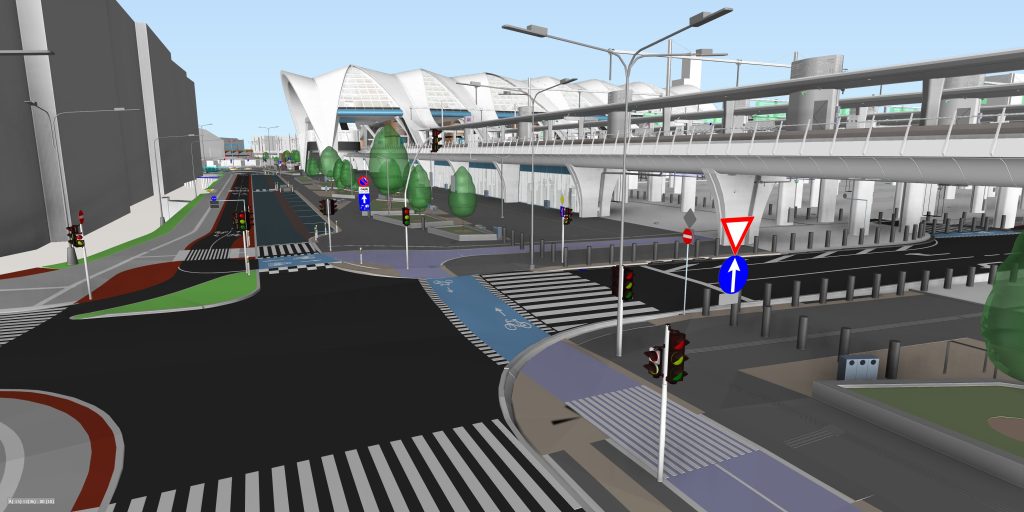
Additionally, the existing railway bridge over the Daugava River, with its recognizable silhouette, will be complemented by a new railway bridge designed to harmonize with the existing structure. The focus is to enhance connectivity while preserving the distinct character of the station that Riga residents and guests have come to recognize and cherish.
Spanning a length of 1 kilometer, the Rail Baltica bridge over the Daugava will boast two rail tracks, accompanied by a dedicated pedestrian path and a cycling lane. Notably, this open bridge design allows for an unencumbered view of Riga’s iconic panorama, showcasing the city’s distinctive features and will significantly improve mobility in the city center.
For more detailed insight into the history and future plans of Riga Central Station watch Rail Baltica Academy lecture “Tracing the Tracks of Riga Central Railway Station: A Journey Through Its Past and Present”.
